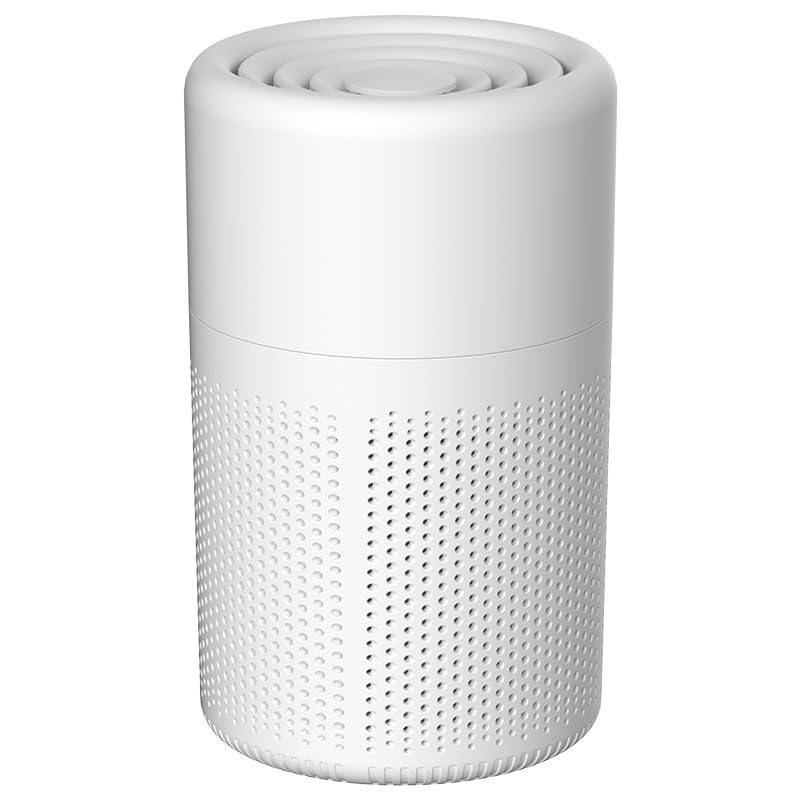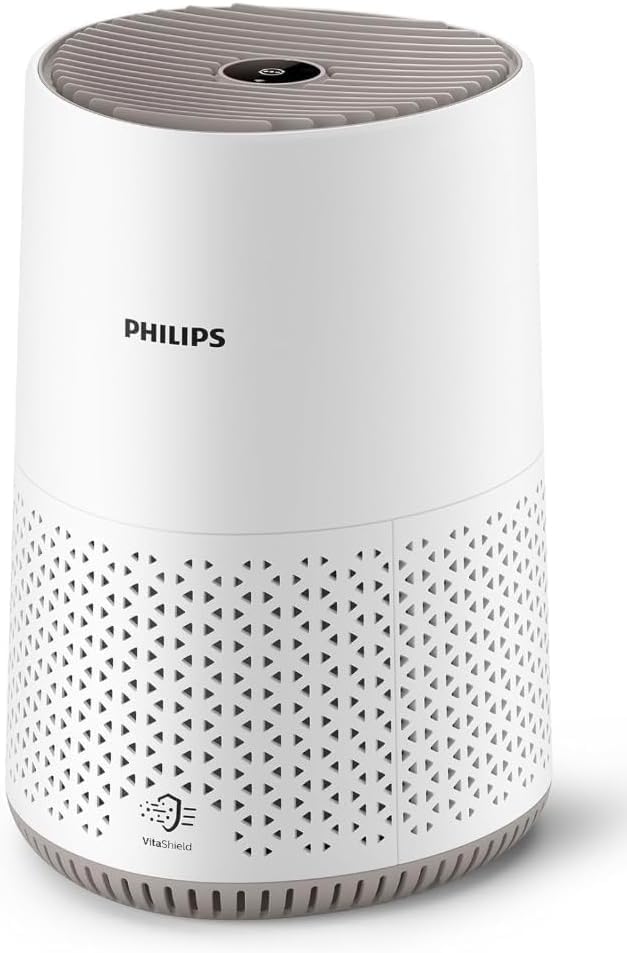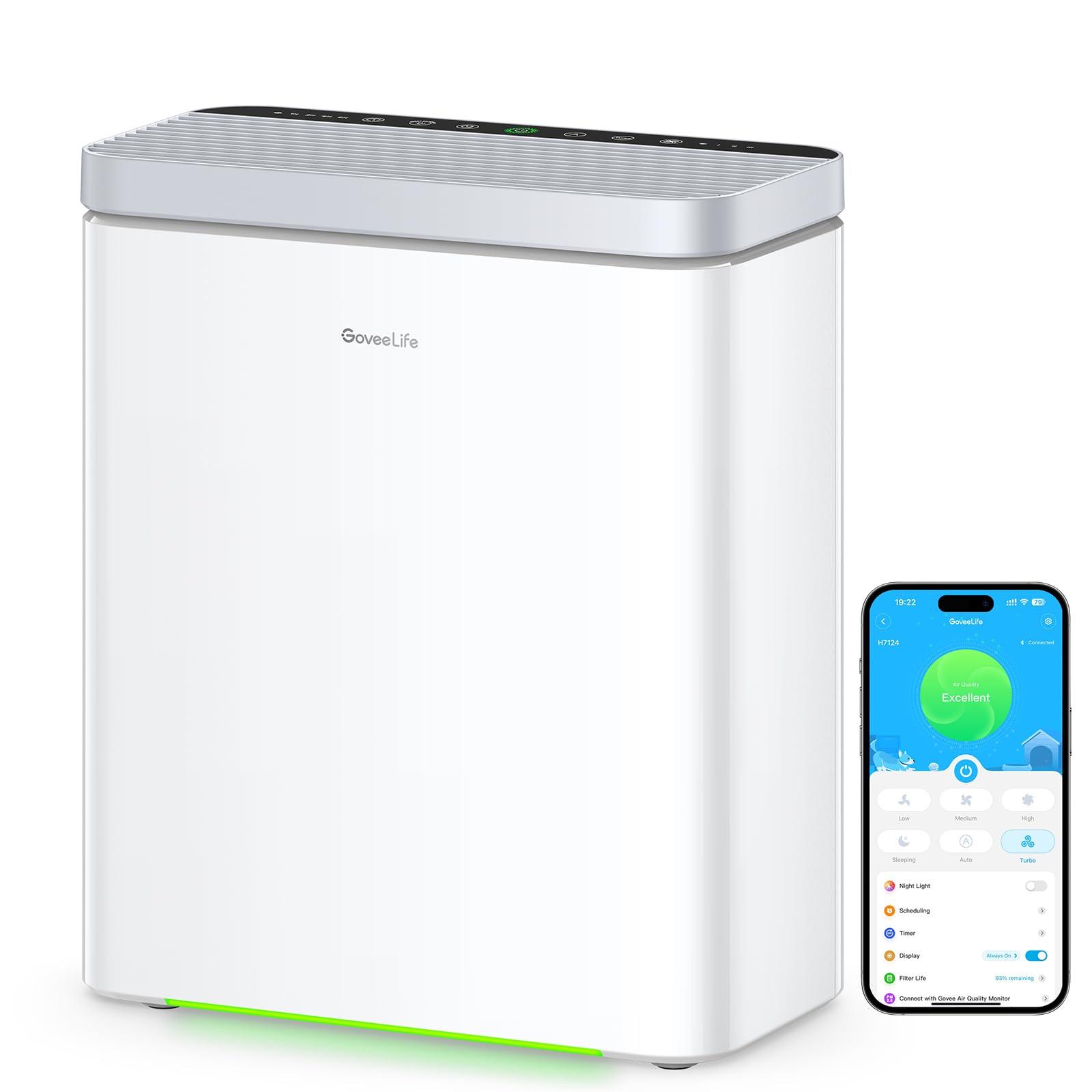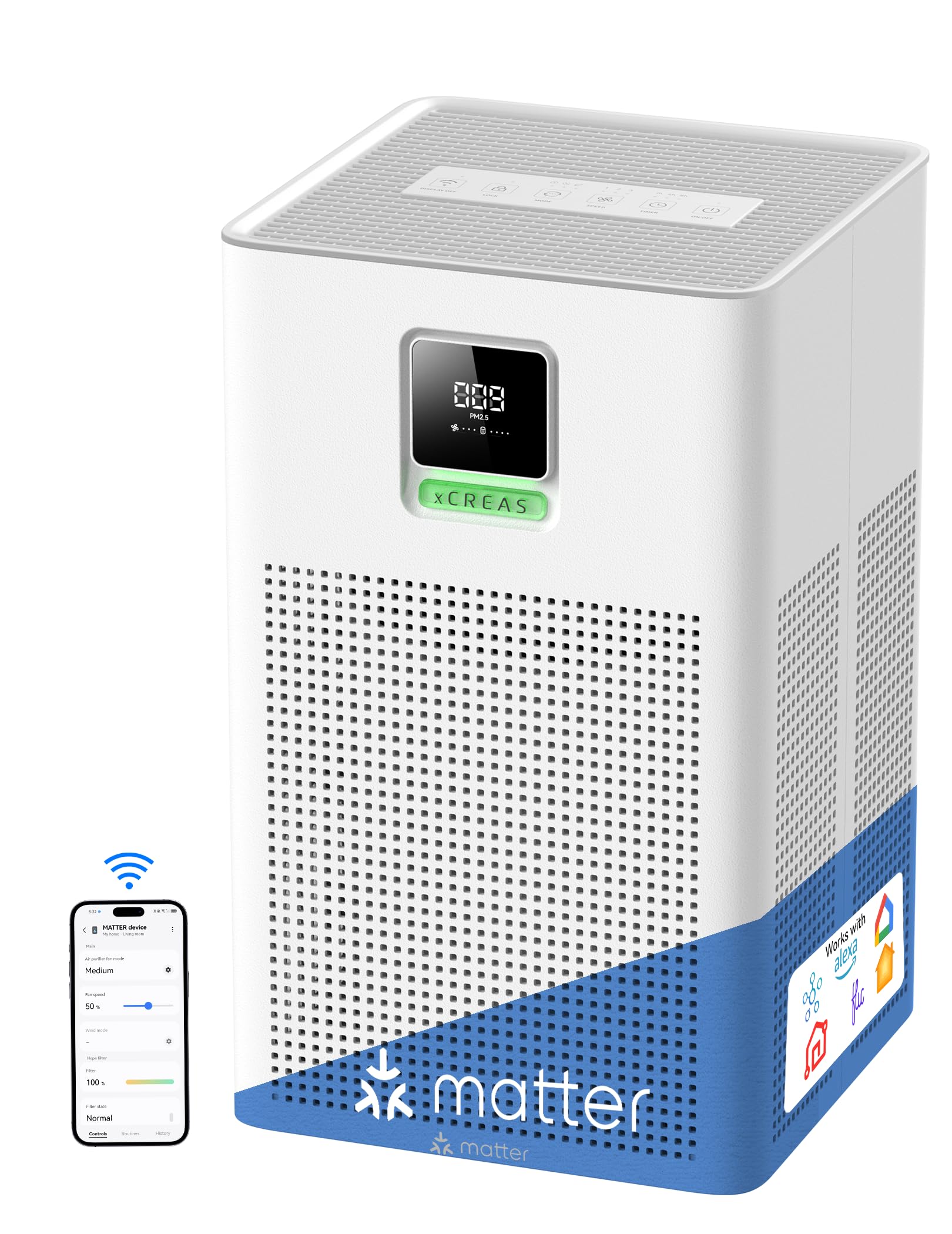Air purifiers often advertise HEPA H13 or H14 filters, but what do those grades actually mean for UK homes? This guide explains the difference in capture efficiency, how higher grades affect fan speed and noise, and when stepping up to H14 is worth it. You will also learn why a sealed housing can matter more than the number on a filter box and how to size a purifier so your bedroom or living room air feels fresher without excessive noise.
Winter moisture is easier to manage with dehumidifiers sized for UK rooms.
HEPA Grades in Simple Terms
Both H13 and H14 are true HEPA grades under European standards. H13 captures at least 99.95 percent of particles at the most penetrating particle size. H14 captures at least 99.995 percent at that size. The extra nine in H14 sounds small, but it represents a tenfold reduction at the tested particle size. In everyday use, either grade captures fine dust, pollen, pet dander and many aerosolised droplets very effectively when the purifier is sized correctly for the room.
Sealed Housings and Real World Performance
A HEPA filter only does its job if all air passes through it. Look for purifiers with sealed housings and gaskets around filters so air cannot bypass the media. Models that use vague language such as “HEPA type” may not meet H13 or H14 standards and may leak around the filter frame. A well sealed H13 unit often outperforms a leaky unit with a higher grade filter.
Pressure Drop, Fan Speed and Noise
Higher grade filters can increase resistance to airflow. To maintain the same clean air delivery rate (CADR) through denser media, a purifier may need to run the fan faster, which can raise noise. This is why a correctly sized H13 unit can be the smarter choice for a bedroom. It can deliver enough clean air at a lower fan speed and noise level. In high pollution scenarios or for specific medical needs, an H14 unit sized generously can be beneficial, but for typical households, H13 is a strong balance.
When H14 Makes Sense
If you are very sensitive to fine particles, live next to heavy traffic, or need extra protection during a local smoke event, an H14 unit with a generous CADR can provide peace of mind. Choose a model that remains quiet at the flow rate you need or run it in another room on higher speeds before moving it to the bedroom on low at night. For most allergy and pet scenarios, a sealed H13 purifier with a suitable CADR is sufficient.
Do Not Forget Carbon
HEPA captures particles. Activated carbon helps with odours and some gases from cooking and traffic. If smells are a concern, pick a purifier with a decent mass of carbon and a sealed HEPA stage. Replace filters on schedule. Thin, perfumed prefilters are not a substitute for real carbon media.
Right Sizing for UK Rooms
Match CADR to room volume and your target air changes per hour. Bedrooms feel fresh at four to five air changes per hour. Living rooms with pets may benefit from higher rates. Choose a unit that can reach your target on a quiet setting. Place the purifier away from walls and large furniture so air can circulate. If you leave doors open, allow a margin because air will mix with adjacent spaces.
Sealed frames and clear filter grades are the focus in air purifiers for UK homes; damp rooms often benefit from a dehumidifier alongside a purifier.
FAQs
Is H14 always better? It can capture more at the test point, but real gains depend on fan speed, noise and sealing. A well sealed H13 unit with adequate CADR is excellent for most homes.
What should I look for besides HEPA grade? A sealed housing, a meaningful CADR, quiet operation at needed flow, and adequate carbon for odours. Filter availability and cost matter too.
Where should I place a purifier? Away from corners and obstructions, near pollutant sources if practical, and on a setting that balances noise with clean air delivery.





